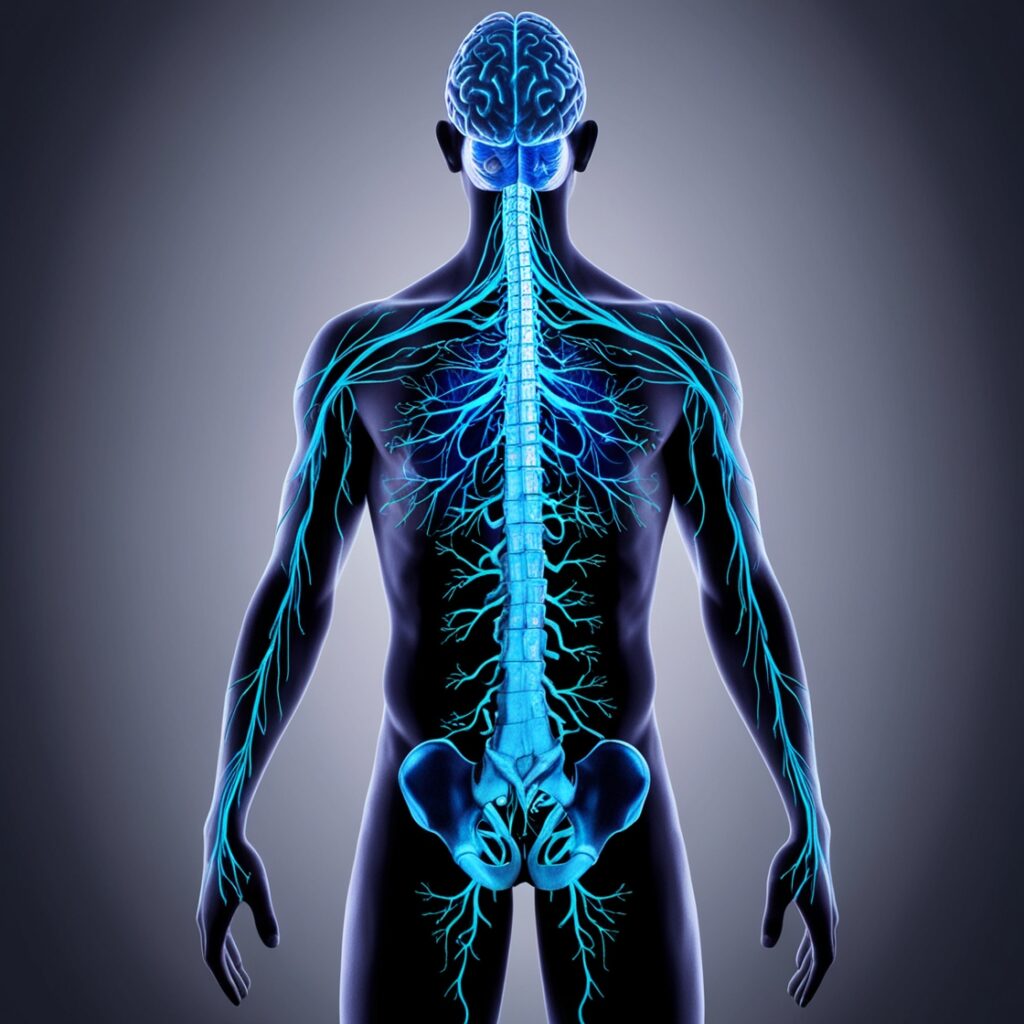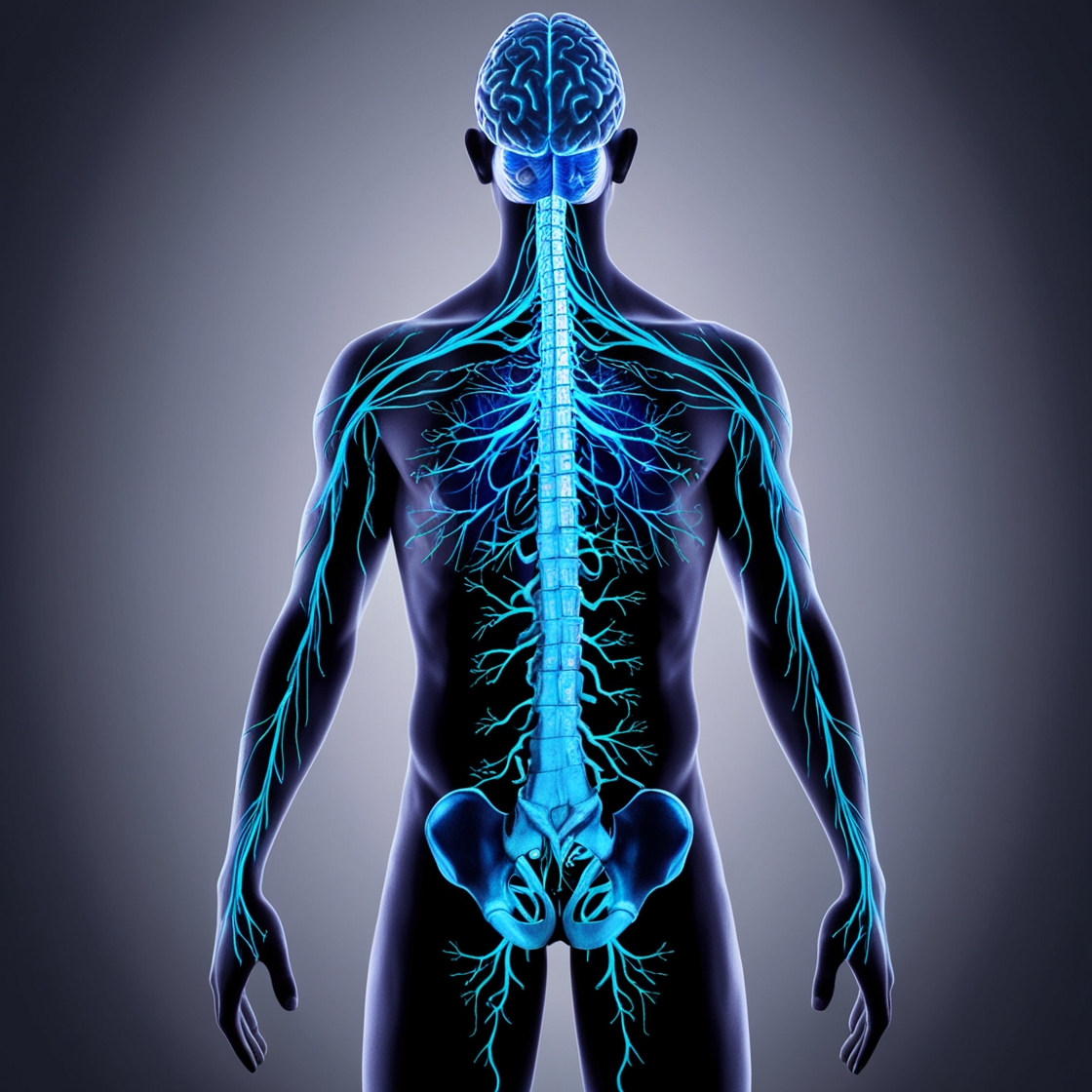How it works and how to keep it healthy

Your nervous system is amazing. It helps you move, think, and react. It also keeps your heart beating and your lungs breathing without you even noticing. A healthy nervous system helps you feel and function at your best.
What is the Nervous System?
Your nervous system has two main parts: the central nervous system (CNS) and the peripheral nervous system (PNS). The CNS includes your brain and spinal cord, while the PNS consists of nerves branching from your spinal cord to the rest of your body. Think of it as a big communication network sending messages back and forth between your brain and body.
The PNS has two main parts: the autonomic nervous system and the somatic nervous system.
The Somatic Nervous System (SNS)
The SNS is in charge of movements you control, like waving or scratching your head. It sends sensory information from your skin, eyes, and ears to your brain, helping you interact with your surroundings, letting you feel textures, see colors, and hear sounds.
The Autonomic Nervous System (ANS)
The ANS functions automatically – without conscious thought. It takes care of things you don’t have to think about, like breathing, digestion, gland activity and heart rate. The ANS has two branches:
The sympathetic nervous system kicks in when you need to react fast. It’s known as the “fight or flight” system. When you’re stressed or in danger, it prepares your body for action by speeding up your heart rate, tensing muscles, and slowing digestion.
The parasympathetic nervous system does the opposite. It’s often called the “rest and digest” system, helping your body relax, recover, and perform vital functions like digestion and tissue repair.
Chronic Stress and the Nervous System
Ongoing stress can keep your body in the “fight or flight” mode. Over time, this prolonged activation can affect many areas of your health, including: recovery, digestion, sleep, posture, movement patterns, and mental well-being.
Managing stress through relaxation techniques, movement, and proper spinal care may help restore balance between the sympathetic and parasympathetic nervous systems, supporting better function and your overall health.
Chiropractic Care and the Nervous System
Your spine and nervous system work together to ensure clear communication between your brain and body. If your spine isn’t functioning well, it can disrupt this connection, potentially leading to changes in movement and coordination that affect how your body operates.
Chiropractors assess areas in the spine that may not be functioning optimally. We may use specific manual techniques, called adjustments, to help improve joint movement and ease muscle tension. Spinal adjustments may influence nerve-to-muscle communication, posture, and movement patterns, helping support physical function.
By understanding how your nervous system works, you can help your body function efficiently. Simple practices, such as staying active, maintaining good posture, and seeking appropriate care, can support long-term spinal and nervous system health.
Book your appointment today:
- Visit: Adam’s Back, 881 Point Nepean Road, Rosebud
- Call: 03 5986 5700
- Website: adamsback.com.au


Comments are closed